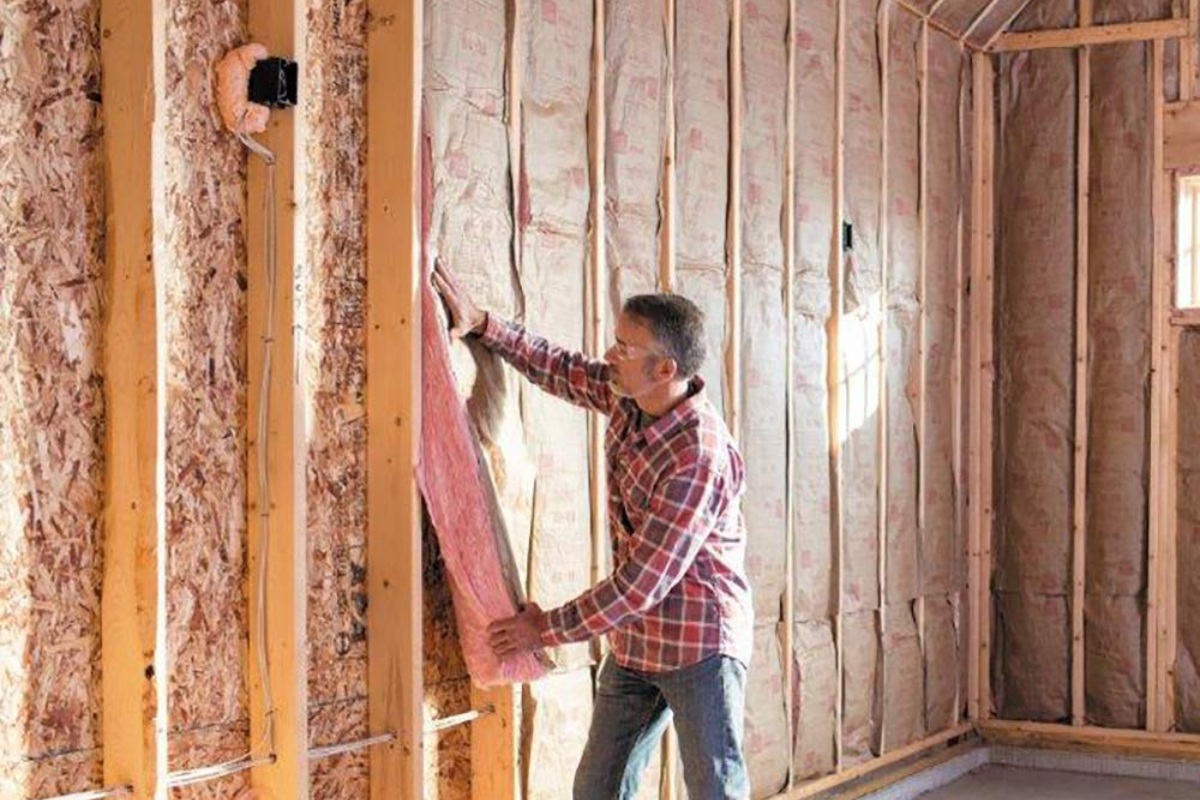

Articles
How Long Is A Roll Of R19 Insulation
Modified: February 24, 2024
Discover the length of a roll of R19 insulation in this informative article. Learn about the dimensions and coverage area of R19 insulation rolls.
(Many of the links in this article redirect to a specific reviewed product. Your purchase of these products through affiliate links helps to generate commission for Storables.com, at no extra cost. Learn more)
Introduction
Insulation plays a crucial role in maintaining the energy efficiency and comfort of a home or building. It helps in reducing heat transfer and keeps the indoor temperature stable. When it comes to insulating walls, ceilings, or floors, R19 insulation is a popular choice. But have you ever wondered how long a roll of R19 insulation actually is?
In this article, we will delve into the details of R19 insulation and explore the factors that determine its roll length. We will also provide insights into how to measure and calculate the required length for different insulation projects. So, if you’re considering using R19 insulation for your home or any other construction project, read on to discover all you need to know about its roll length.
Key Takeaways:
- R19 insulation rolls come in various lengths, from 15 to 25 feet, catering to different project sizes. Factors like area to be insulated, stud spacing, and obstructions influence the required roll length. Accurate measurement and calculation are crucial for effective installation.
- R19 insulation is versatile, used in walls, attics, floors, ceilings, and soundproofing. It enhances energy efficiency, reduces heat transfer, and adds soundproofing qualities. Consulting a professional insulation contractor ensures optimal use and compliance with building codes.
Read more: How Thick Is R-19 Insulation
Understanding R19 Insulation
R19 insulation is a type of thermal insulation commonly used in residential and commercial buildings. It is designed to resist heat flow and improve energy efficiency by reducing the transfer of heat between the interior and exterior of a structure.
The “R” in R19 insulation stands for thermal resistance, and the number 19 represents the insulation’s ability to resist heat flow. The higher the R-value, the greater the insulation’s resistance to heat transfer. R19 insulation is known for its high R-value, making it an excellent choice for areas with colder climates.
This type of insulation is typically made from materials such as fiberglass, mineral wool, or cellulose. These materials are chosen for their excellent insulating properties and fire resistance.
R19 insulation is commonly used in walls, attics, and floors to provide thermal protection. It helps to keep the interior temperatures stable, reducing the need for excessive heating or cooling and lowering energy costs. Additionally, it helps to create a more comfortable living environment by minimizing drafts and reducing noise transmission.
It’s important to note that R19 insulation is typically available in the form of rolls or batts. Batts are pre-cut sections of insulation, while rolls come in continuous lengths that can be customized to fit the installation area. Both options are effective in providing thermal insulation, but rolls are more flexible and can be easily adjusted to fit different cavities and crevices.
Roll Size Options
When it comes to R19 insulation, rolls are available in various sizes to accommodate different insulation needs. The most common roll lengths for R19 insulation range from 15 to 25 feet. These lengths are convenient for standard wall or stud spacing, which is typically 16 or 24 inches.
Shorter roll lengths, such as 15 or 20 feet, are suitable for smaller insulation projects or areas with limited space. These rolls are more manageable and easier to transport, making them ideal for DIY homeowners or contractors who prefer working with shorter lengths.
On the other hand, longer roll lengths, such as 25 feet, are perfect for larger projects or areas with minimal obstructions. These rolls offer extended coverage and can be installed more efficiently in spaces where continuous insulation is required.
It’s important to note that the width of the R19 insulation roll can vary as well. The standard widths typically range from 16 to 24 inches. The choice of width depends on the specific application and the width of the stud or joist spacing in the building.
Ultimately, the roll size you choose will depend on the size of the insulation project, the available space for storage and installation, and personal preferences. If you are unsure about the appropriate roll size for your project, consulting with a professional insulation contractor can provide valuable guidance.
Factors Affecting Roll Length
Several factors can influence the roll length of R19 insulation required for a particular project. Understanding these factors will help you determine the appropriate amount of insulation needed for efficient installation.
- Area to be Insulated: The size of the area you plan to insulate is a significant factor in determining the roll length. Larger areas will require longer rolls to ensure sufficient coverage without needing to seam multiple pieces together.
- Stud or Joist Spacing: The spacing between studs or joists in the building also impacts the required roll length. Standard stud spacing is typically 16 or 24 inches apart, so if you have wider spacing, you may need longer rolls to cover the area efficiently.
- Height of the Wall or Space: If you need to insulate walls from floor to ceiling or a taller space, such as an attic with a high pitch, you will require longer rolls to cover the entire height. Measure the height accurately to calculate the necessary length of insulation.
- Obstructions and Cutouts: Take into account any obstructions or cutouts in the area, such as windows, doors, electrical outlets, or pipes. These obstructions will require additional measurements and cuts, which may influence the roll length needed.
- Wastage and Overlap: It’s essential to factor in some degree of wastage and overlap when calculating the roll length. This accounts for trimming and fitting the insulation accurately, ensuring complete coverage and minimizing heat loss.
By considering these factors and accurately measuring the area, you can determine the appropriate roll length of R19 insulation needed for your project. It is always recommended to purchase slightly more insulation than the measured requirement to account for any unexpected discrepancies or last-minute adjustments during installation.
When purchasing R19 insulation, be sure to check the length of the roll before buying. Standard rolls of R19 insulation are typically 15 inches wide and 39.2 feet long, but it’s always best to double-check the specific product you are considering.
Measurement and Calculation
To determine the roll length of R19 insulation required for your project, you will need to accurately measure the area you plan to insulate. Here are the steps to follow:
- Measure the Length: Measure the length of the walls, ceilings, or floors that need insulation using a tape measure. Ensure that your measurements are precise and take into account any corners or irregularities in the space.
- Measure the Height: Measure the height of the walls or the space you plan to insulate. If you’re insulating multiple stories or an attic, consider the full height from the floor to the ceiling.
- Calculate the Square Footage: Multiply the length by the height to calculate the total square footage of the area you need to insulate. For example, if your wall length is 20 feet and the height is 10 feet, the total square footage would be 200 square feet.
- Factor in Obstructions: If you have obstructions such as windows, doors, or cutouts, measure their dimensions and subtract their square footage from the total square footage. This will give you a more accurate estimation of the insulation needed.
- Consider the Roll Width: Take into account the width of the R19 insulation roll you plan to use. If the width is 16 inches, for instance, divide the total square footage by 1.33 (16 inches divided by 12 inches) to determine the required linear footage of insulation.
After calculating the linear footage, round up to the nearest whole number to ensure you have enough insulation to cover the entire area. It’s always better to have a slightly higher quantity than falling short during the installation process.
Remember, these calculations are based on a straight and uninterrupted installation. If your project involves irregular spaces or specific installation requirements, it is advisable to consult with a professional insulation contractor to ensure accurate measurements and calculations.
Read more: What Is R-19 Insulation Used For?
Common Uses for R19 Insulation
R19 insulation is a versatile insulation option that can be used in various areas of a building. Its high R-value and effectiveness in reducing heat transfer make it a popular choice for both residential and commercial applications. Here are some common uses for R19 insulation:
- Walls: R19 insulation is commonly used in exterior walls to provide thermal protection and improve energy efficiency. It helps to minimize heat loss in the winter and heat gain in the summer, creating a more comfortable indoor environment.
- Attics: Insulating the attic is vital for preserving energy and preventing heat loss. R19 insulation can be installed in the attic to create a barrier that reduces heat transfer between the living space and the outdoors, improving overall energy efficiency.
- Floors: R19 insulation can also be installed in floors, especially in areas where there is a crawl space or unheated basement below. It helps to prevent cold air from seeping through the floors, improving comfort and reducing energy consumption.
- Ceilings: In buildings with flat roofs, R19 insulation is often used in the ceiling to provide thermal resistance and minimize heat transfer. This helps maintain a consistent indoor temperature and reduces the load on heating and cooling systems.
- Soundproofing: R19 insulation not only helps in thermal insulation but also provides soundproofing benefits. It helps absorb and reduce noise transmission, making it an ideal choice for areas where noise control is essential, such as home theaters or music studios.
It’s important to note that the specific application and building requirements may vary, and it is recommended to consult with a professional insulation contractor to determine the appropriate use of R19 insulation for your project. They can provide expert advice on the best insulation materials, installation techniques, and compliance with building codes and regulations.
Conclusion
R19 insulation is an effective and reliable solution for improving energy efficiency and thermal comfort in residential and commercial buildings. Understanding the roll length of R19 insulation is crucial for planning and executing insulation projects effectively.
Rolls of R19 insulation typically come in various lengths, ranging from 15 to 25 feet, with widths matching standard stud or joist spacing. The roll length needed for a specific project depends on factors such as the area to be insulated, stud or joist spacing, height of the wall or space, obstructions, and wastage/overlap considerations.
Accurate measurement and calculation are key to determining the required roll length. Measuring the area, calculating the square footage, considering obstructions, and accounting for the roll width are essential steps in this process.
R19 insulation finds common usage in walls, attics, floors, ceilings, and soundproofing applications. It helps to reduce heat transfer, maintain consistent indoor temperatures, lower energy consumption, and add soundproofing qualities to a building.
Before embarking on an insulation project, it is advisable to consult with a professional insulation contractor who can provide expert advice on the appropriate use of R19 insulation, installation techniques, and compliance with building codes. They can ensure that your insulation project is planned and executed efficiently, leading to optimal energy savings and improved comfort.
By understanding the roll length requirements of R19 insulation and following proper installation practices, you can enjoy the benefits of enhanced energy efficiency, reduced utility costs, and greater comfort within your living or working space.
Frequently Asked Questions about How Long Is A Roll Of R19 Insulation
Was this page helpful?
At Storables.com, we guarantee accurate and reliable information. Our content, validated by Expert Board Contributors, is crafted following stringent Editorial Policies. We're committed to providing you with well-researched, expert-backed insights for all your informational needs.
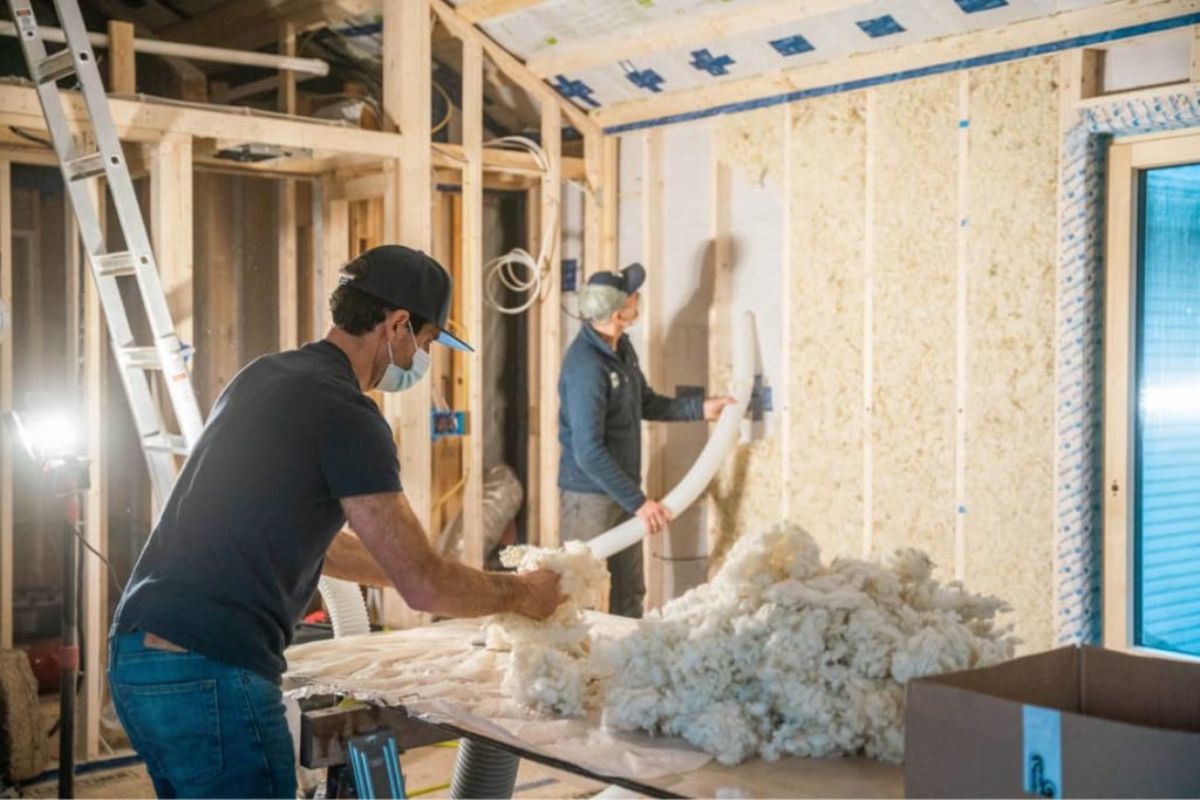
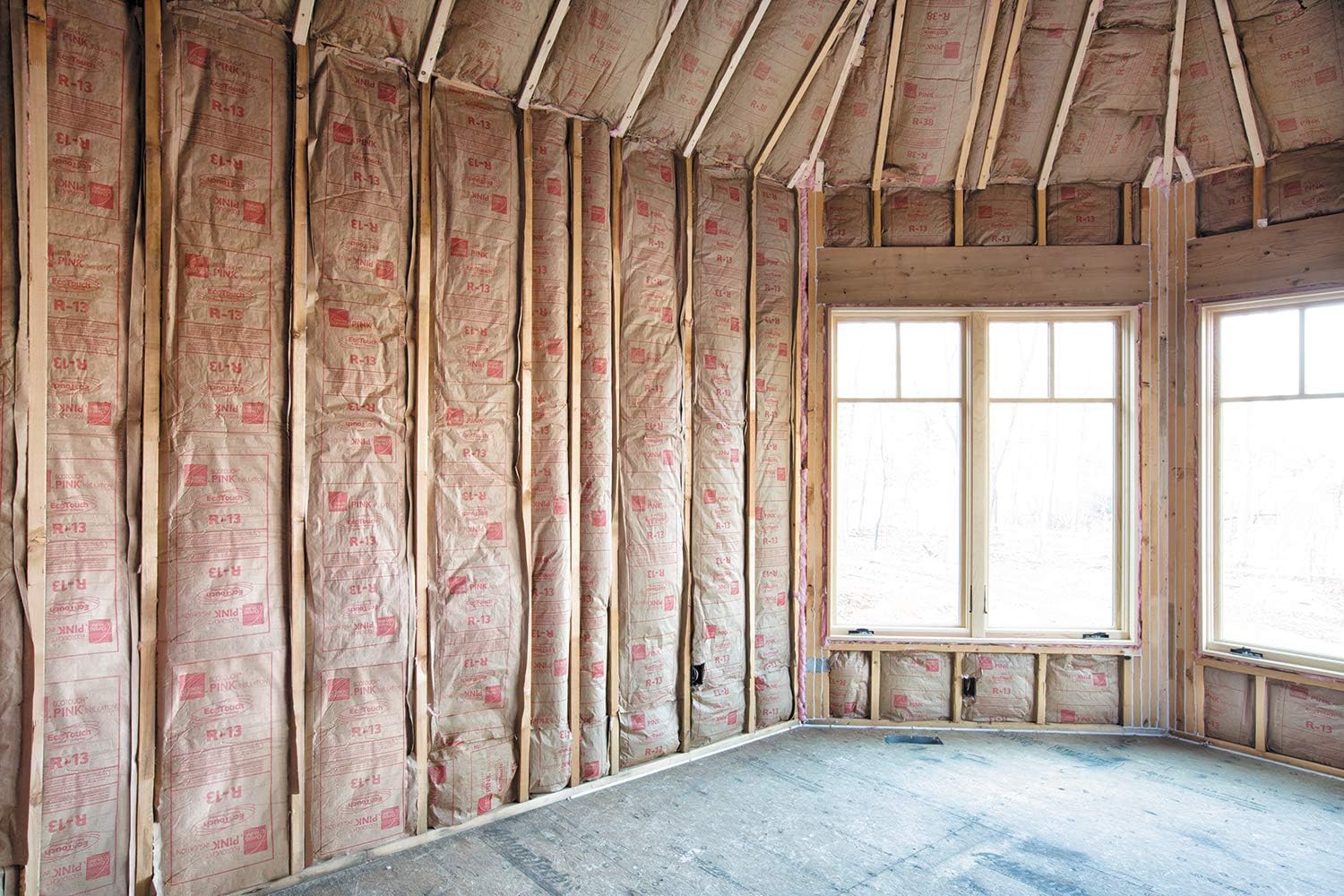
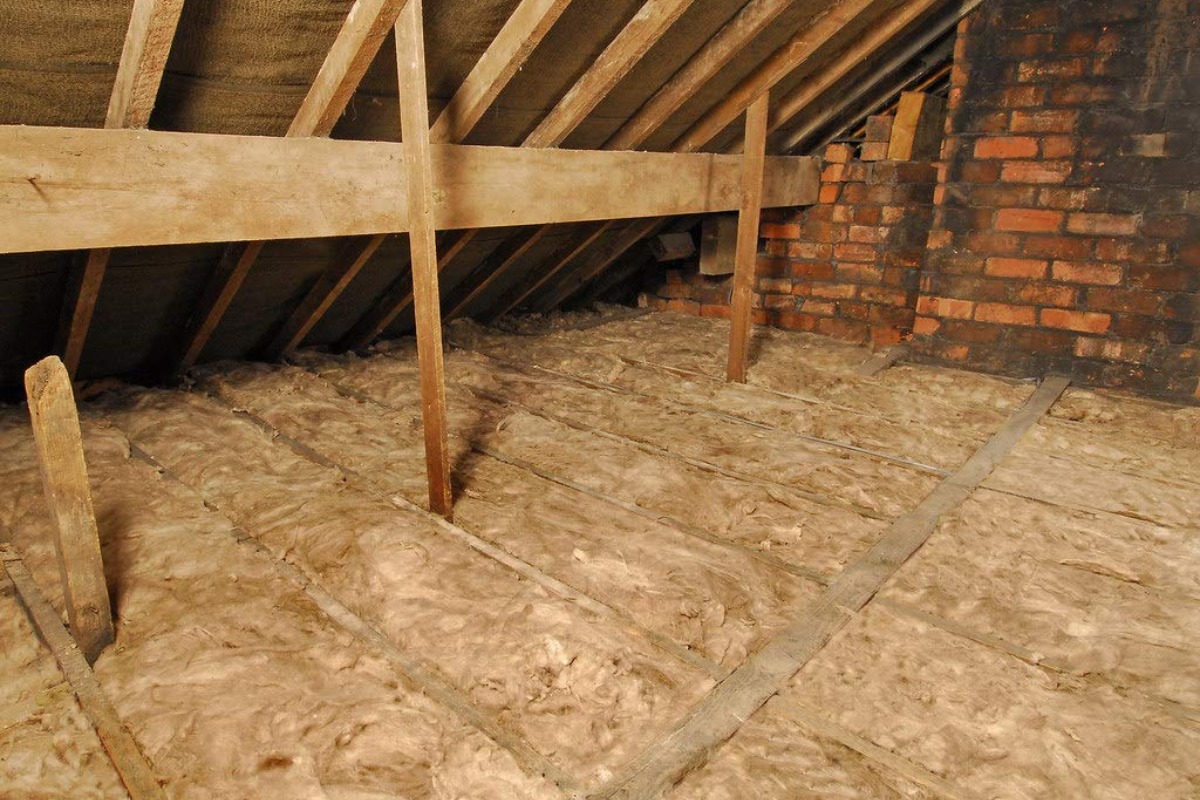
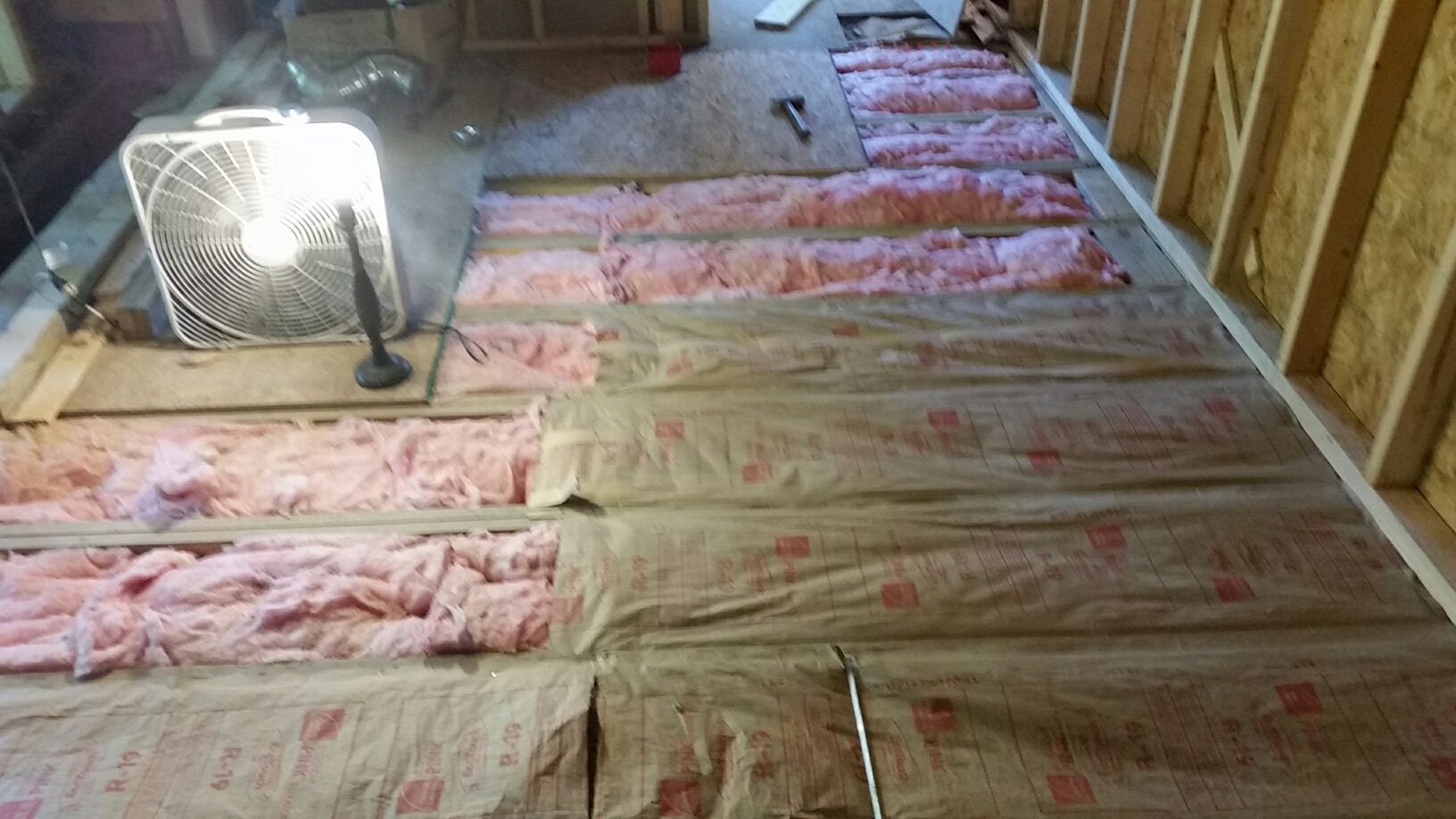
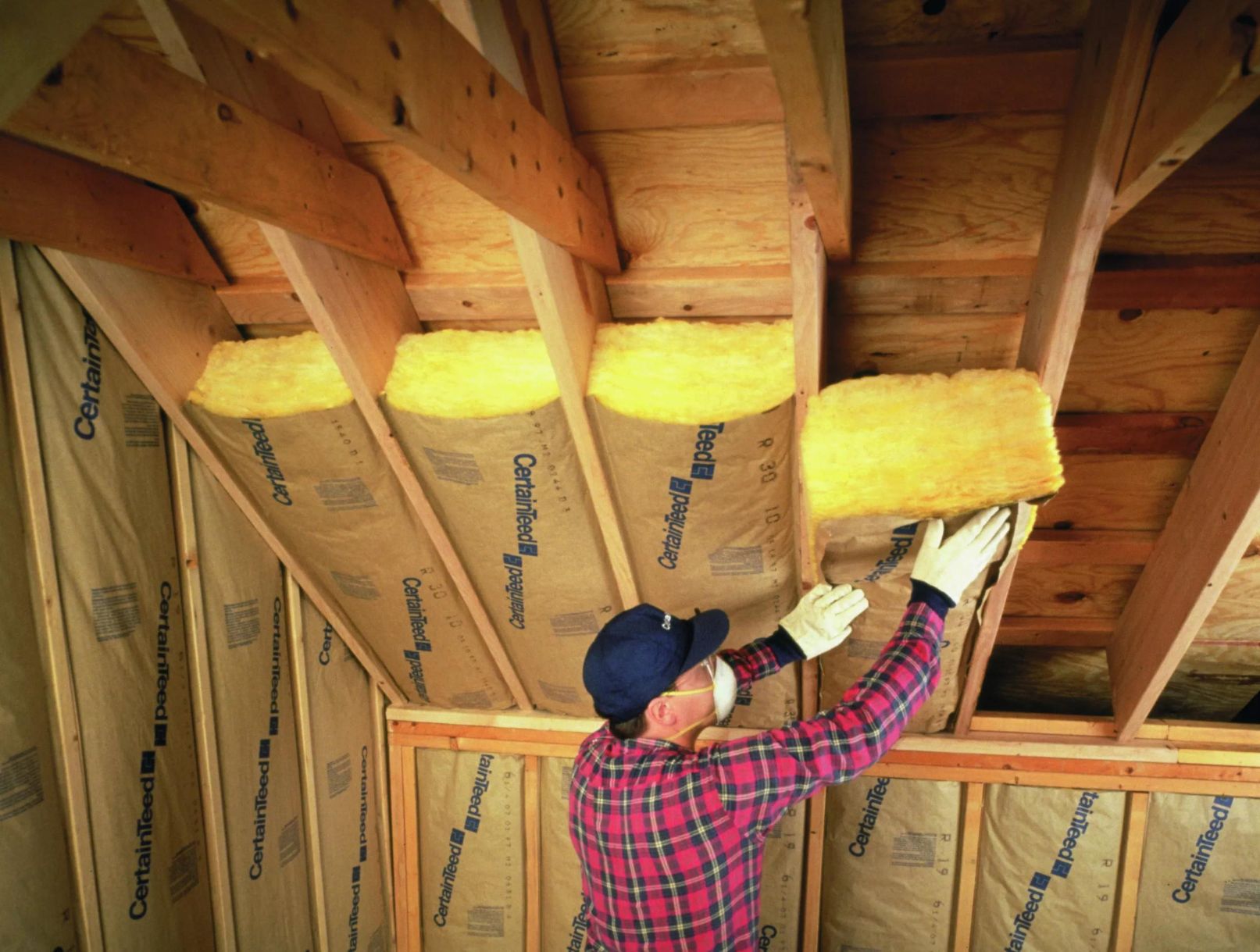
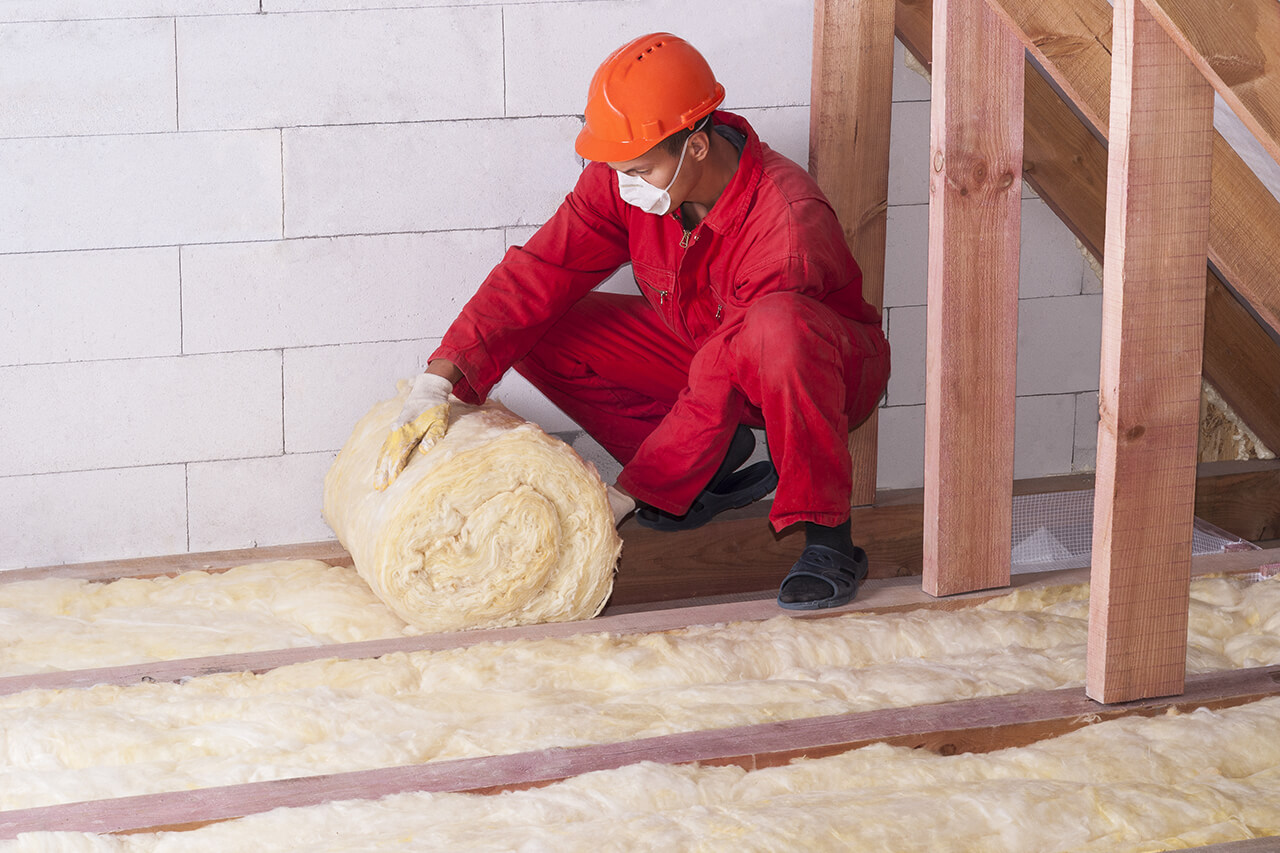
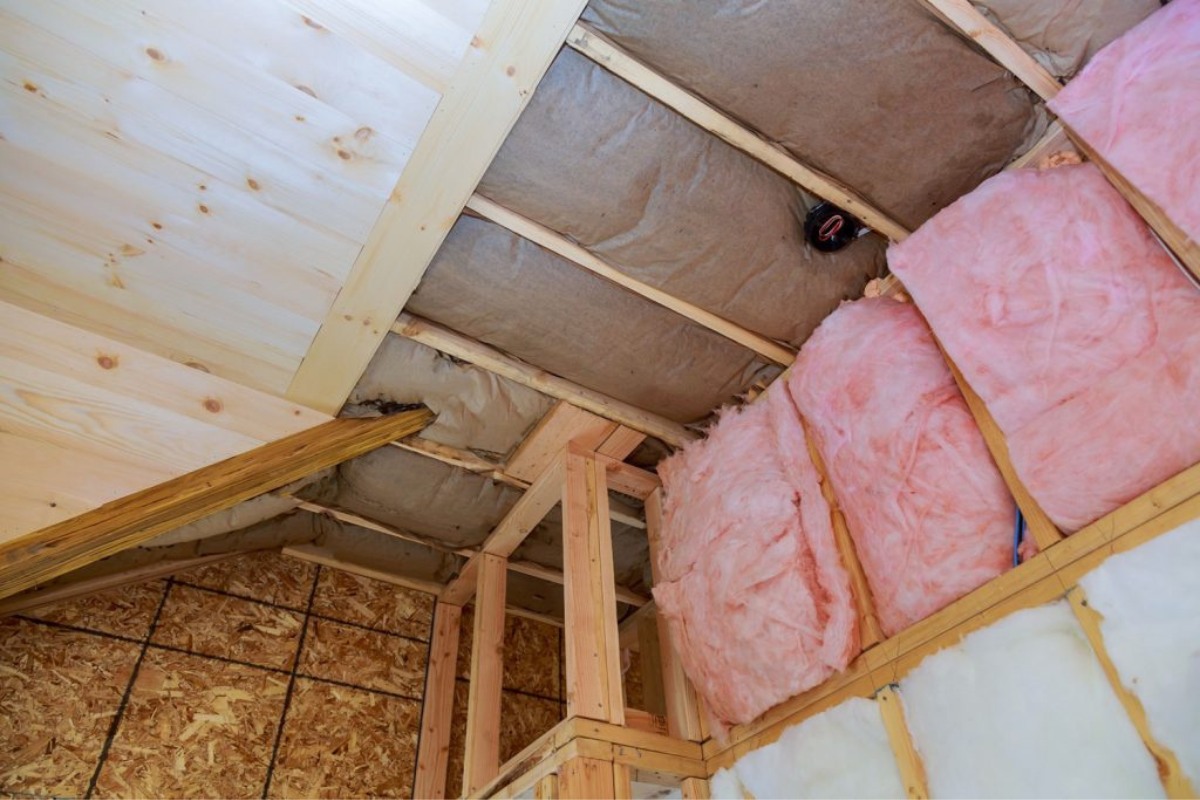

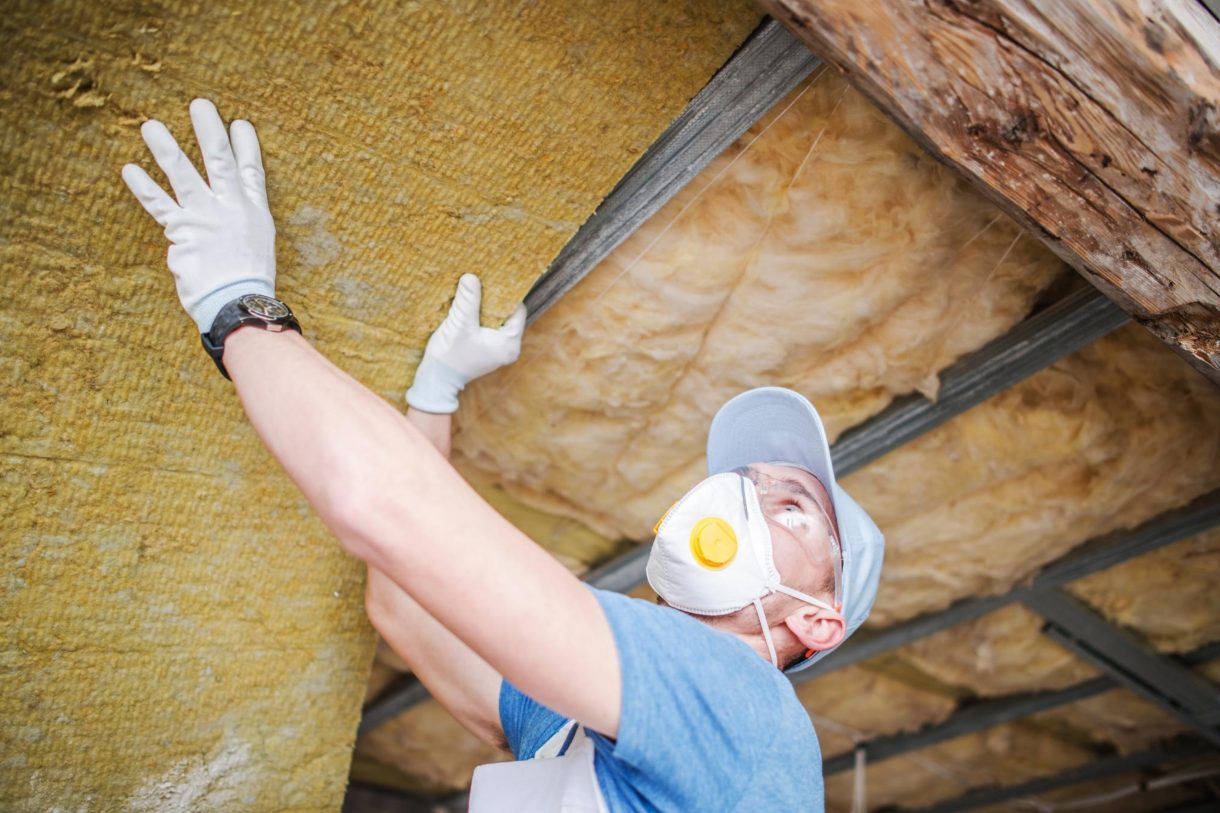
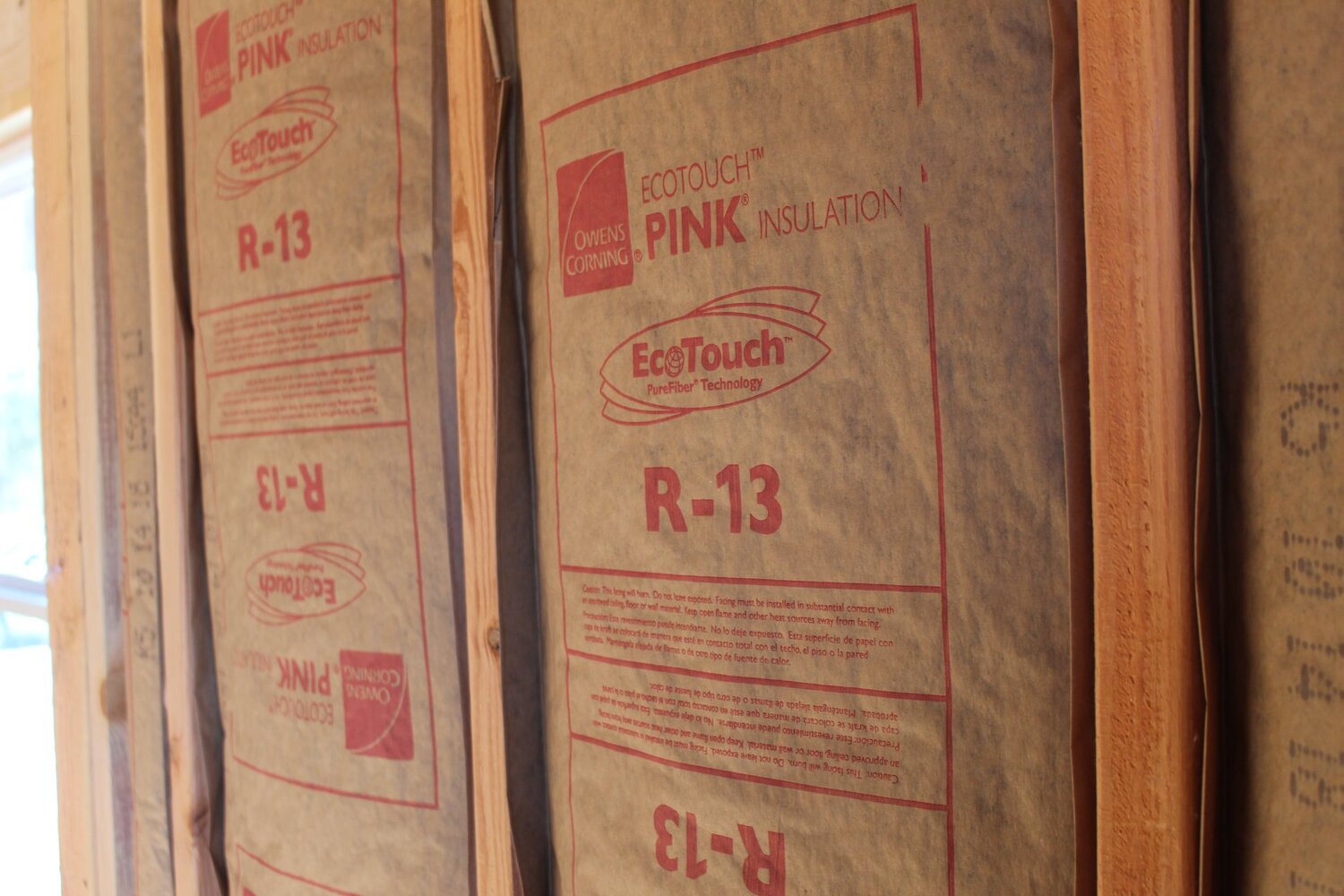
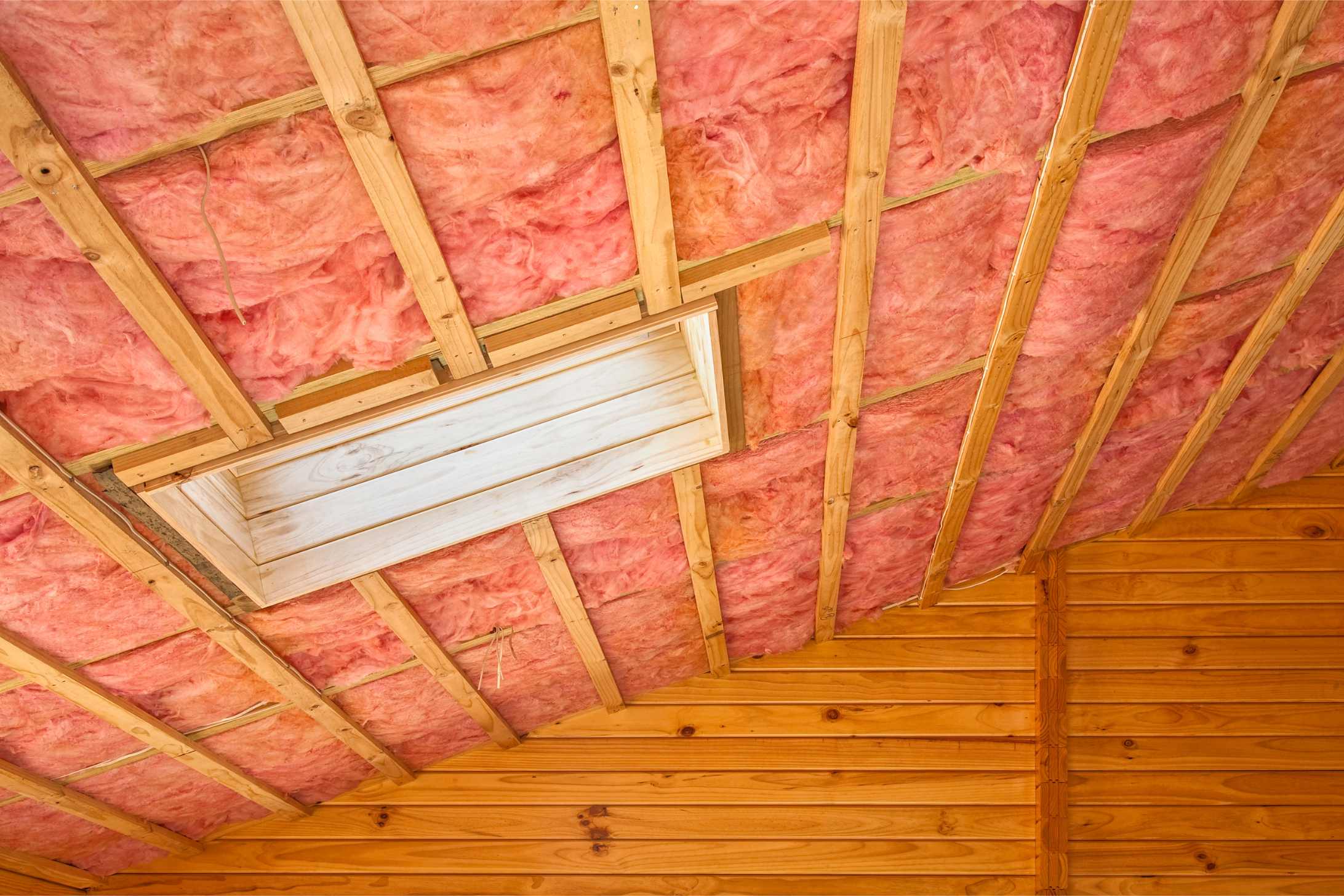
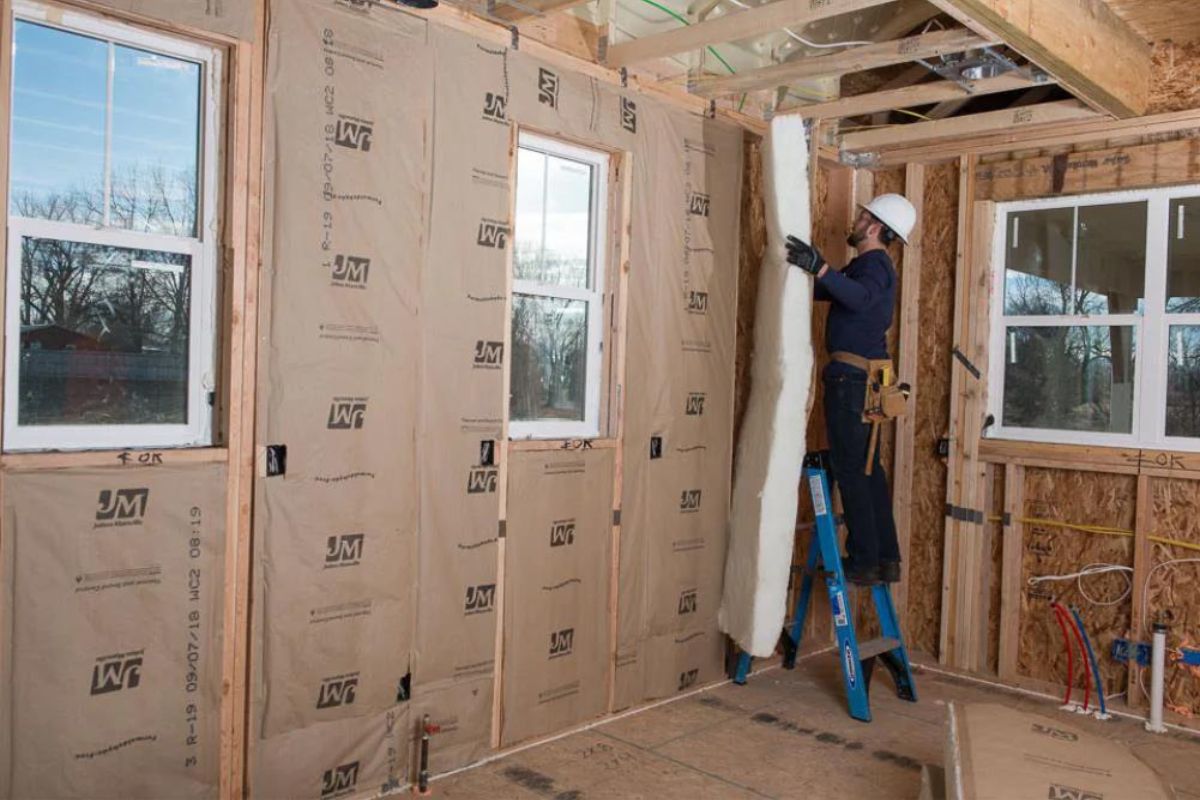
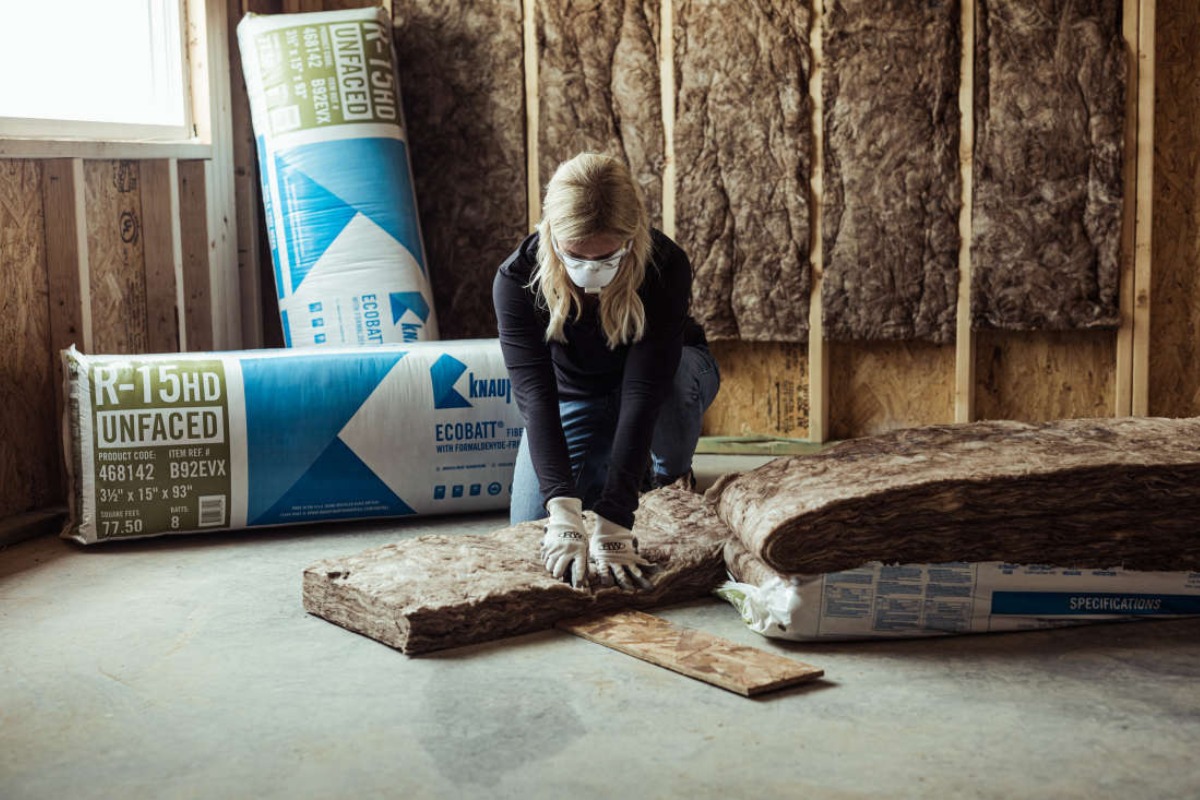
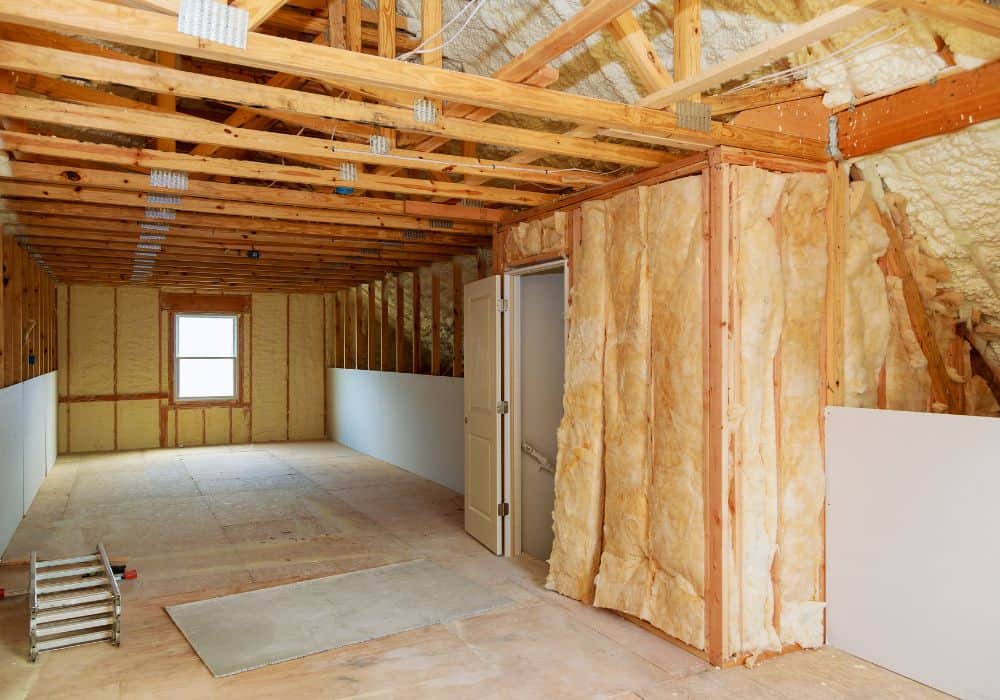

0 thoughts on “How Long Is A Roll Of R19 Insulation”